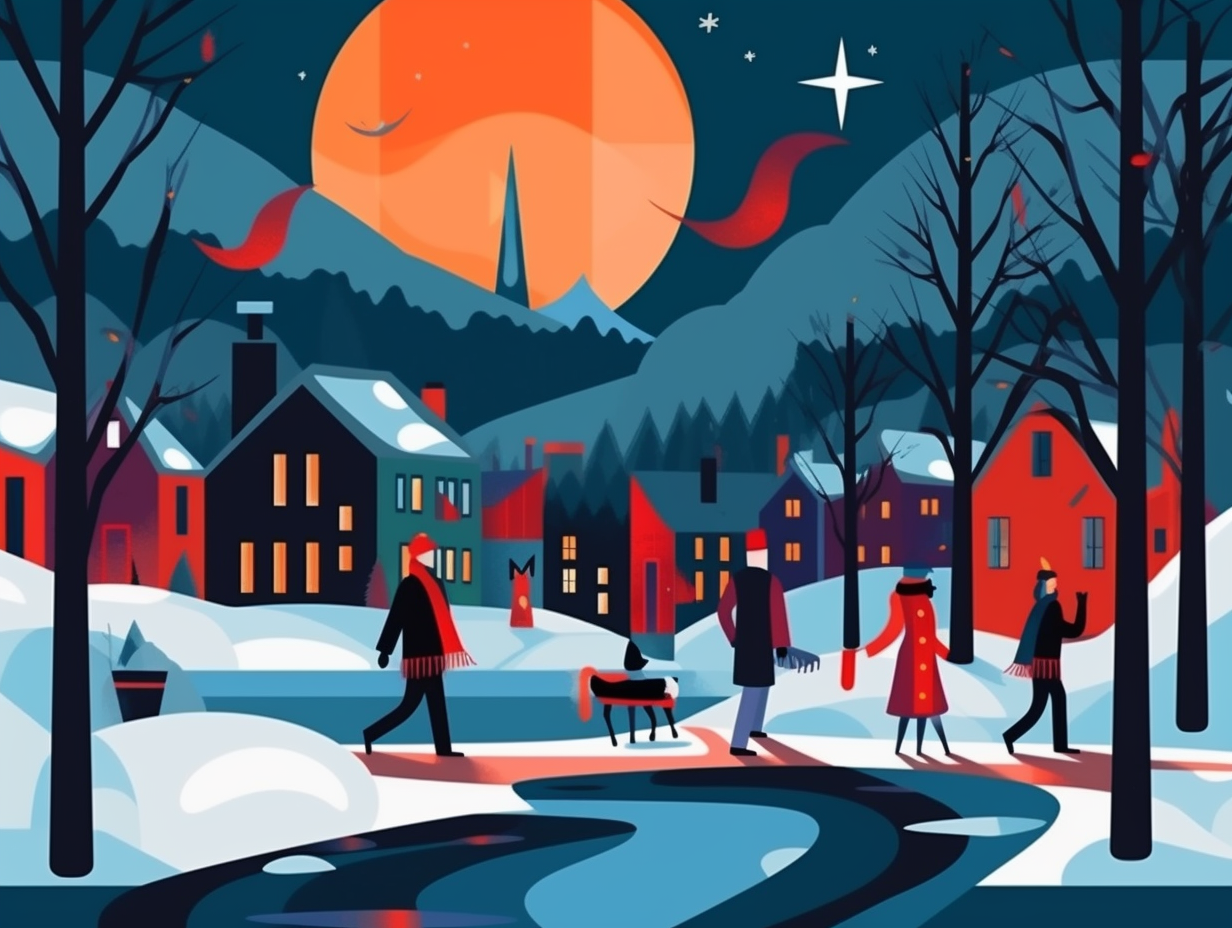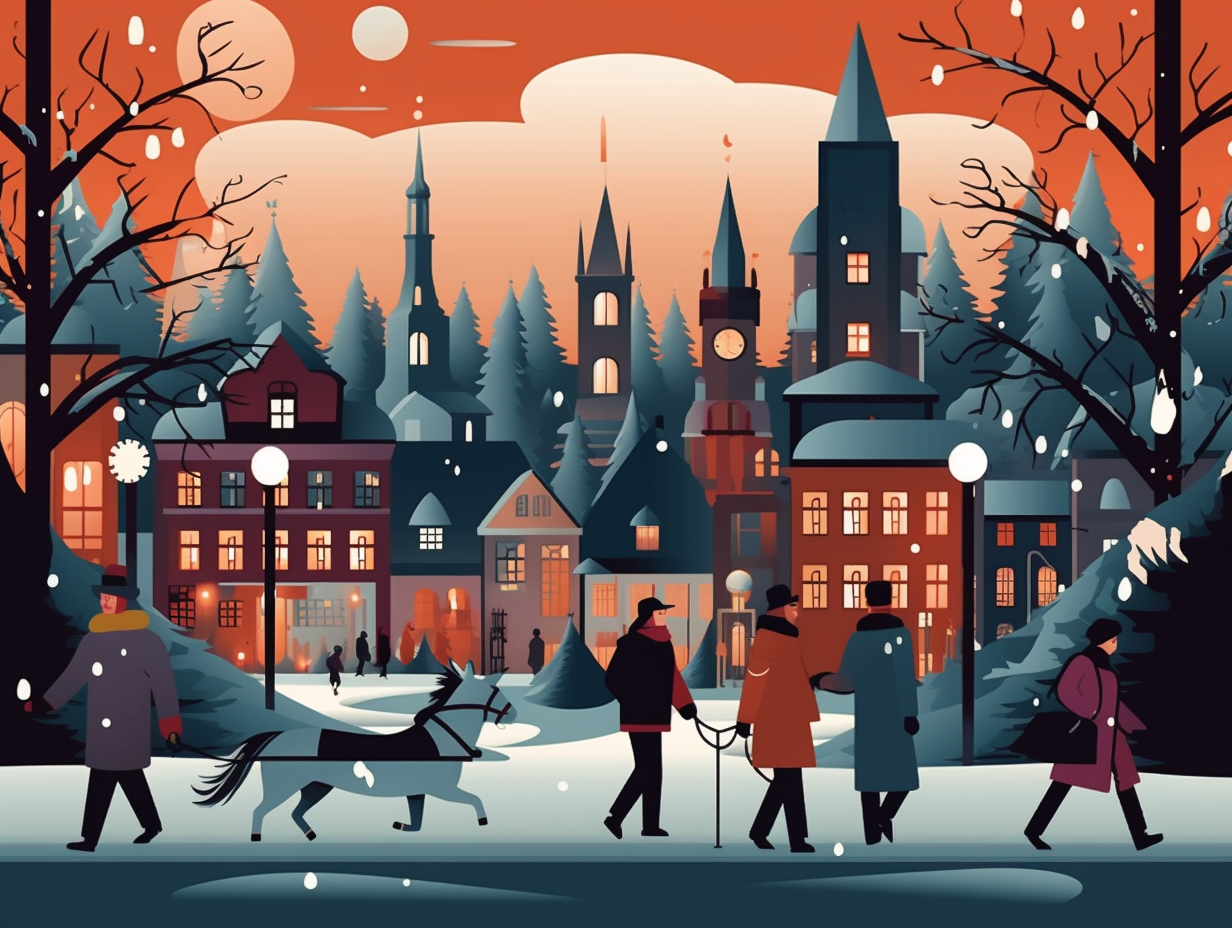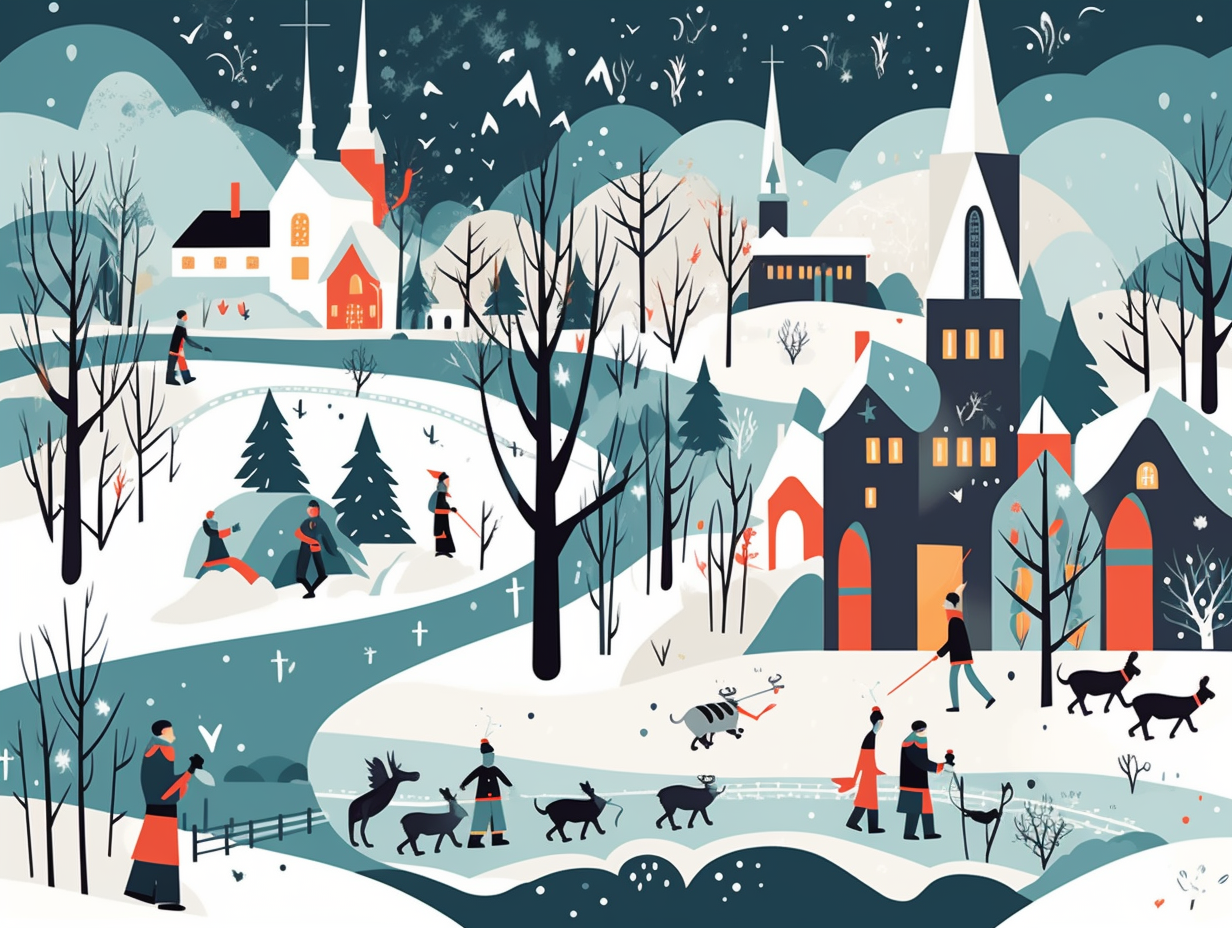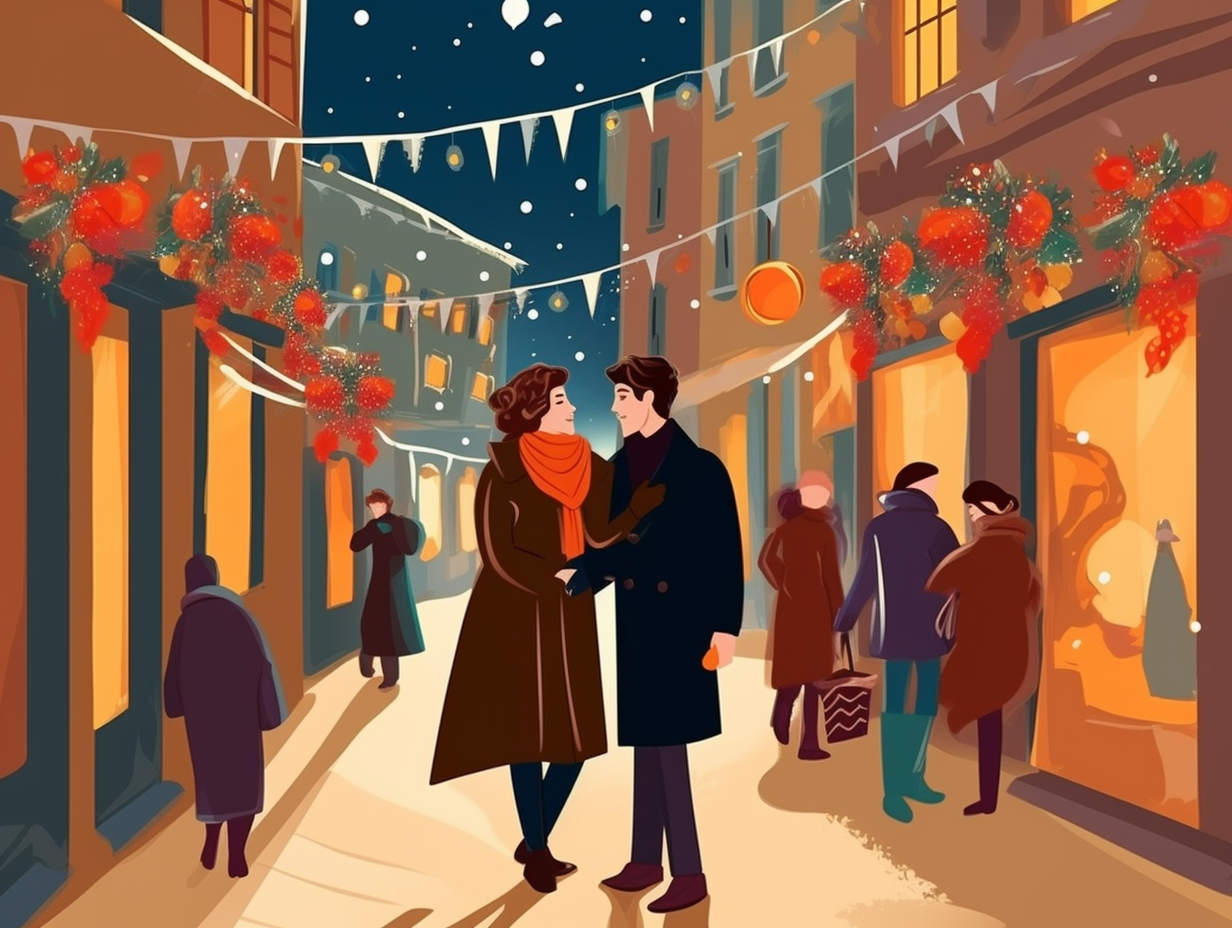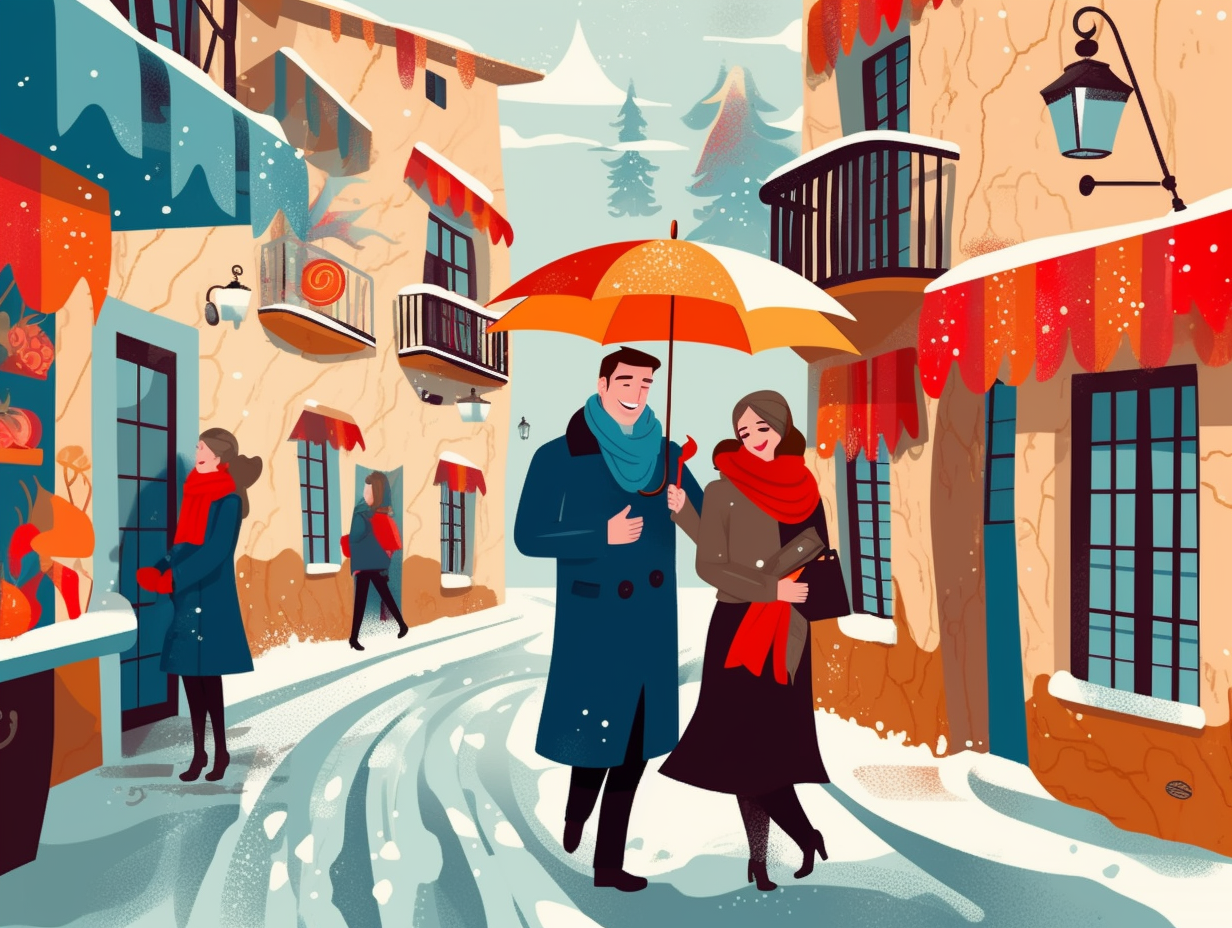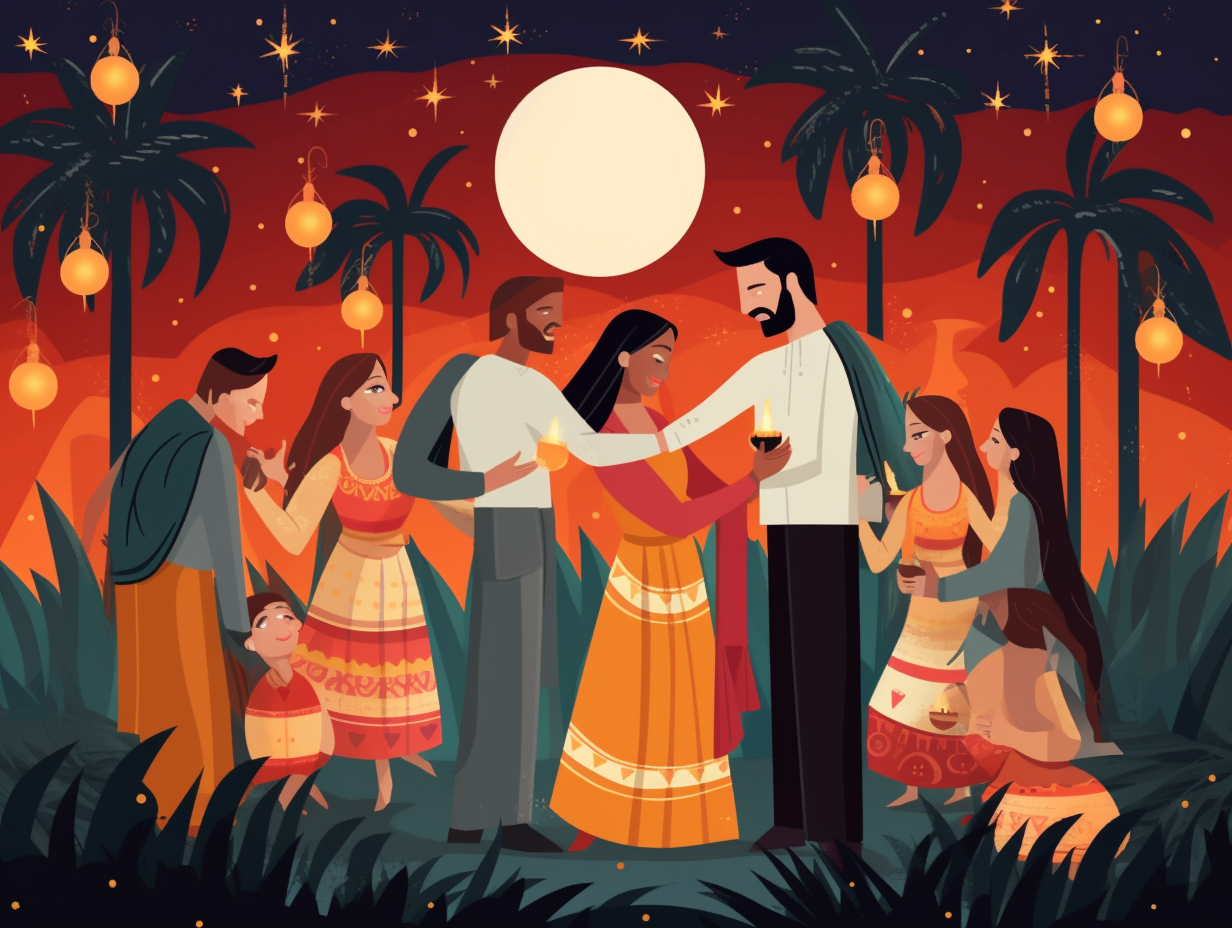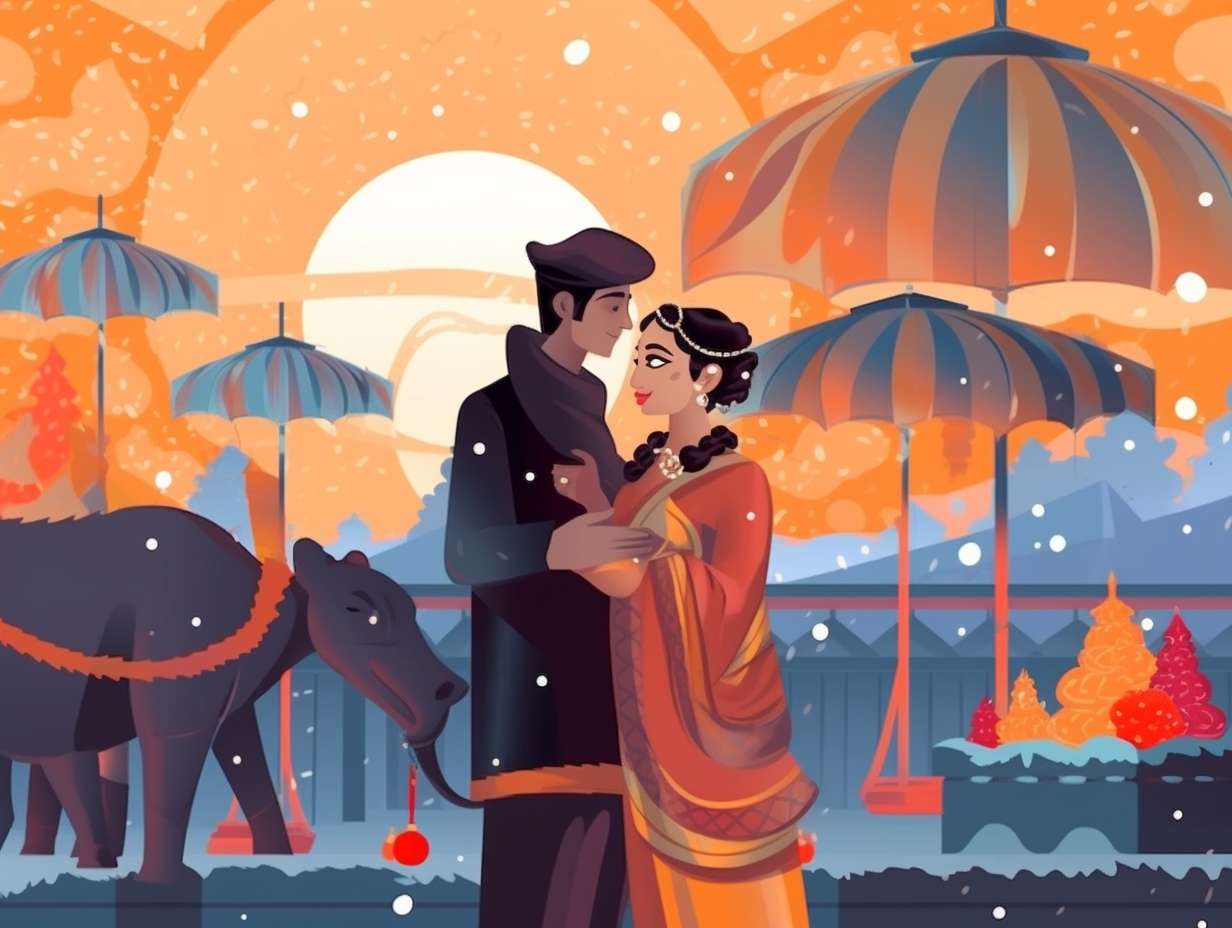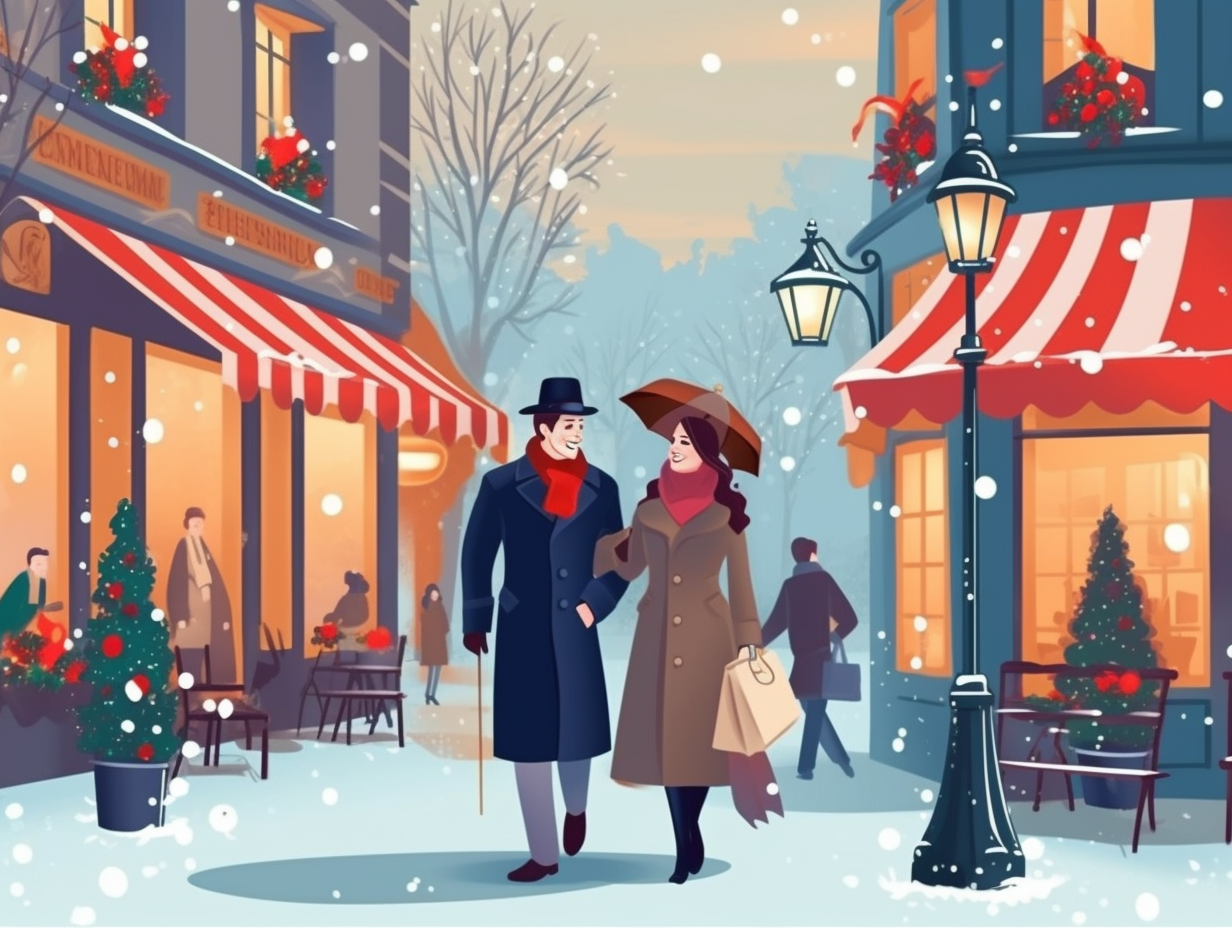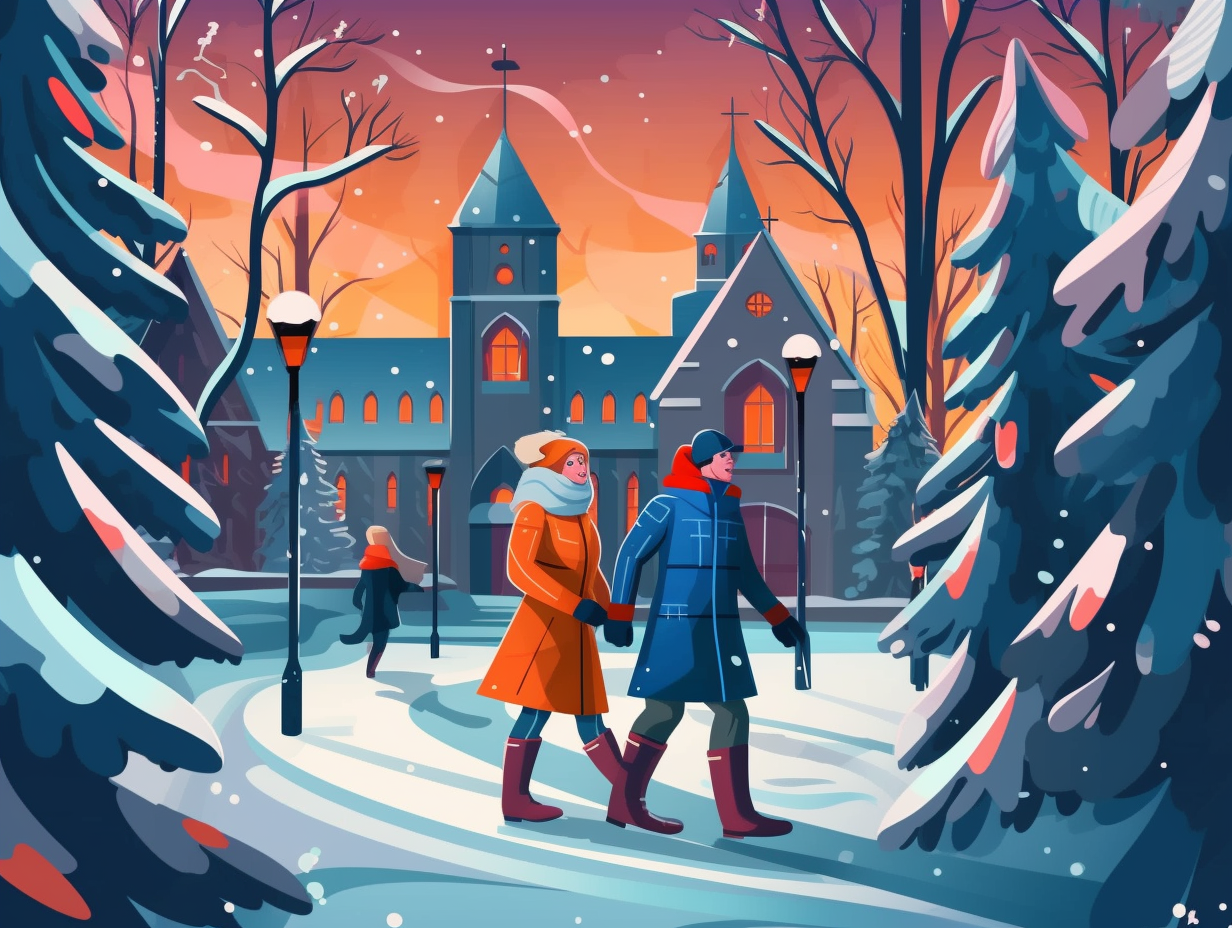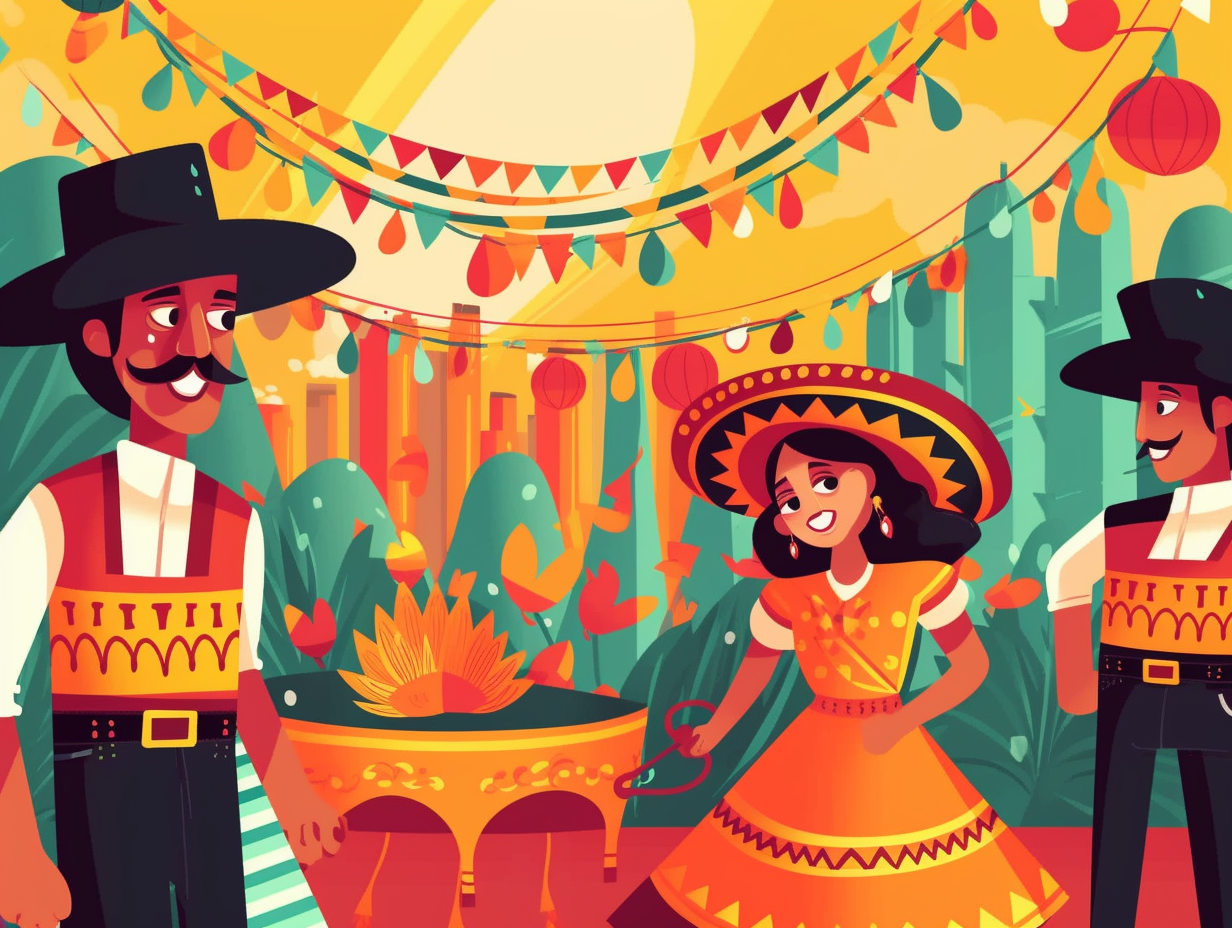Discover the Magic: 12 Enchanting Fun Facts About St. Lucia Day Celebration

1. Swedish Candlelit Couture
Swedes be (c)lit: they celebrate St. Lucia Day with girls donning white gowns and wreaths of candles, now battery-powered, in their hair, ushering in the Christmas season with sweet rolls and mulled wine on December 13.
Source => swedentips.se
2. Saffron Buns and Mulled Wine
In Sweden, Christmas is less about chestnuts roasting on an open fire and more about saffron buns tanning in a toasty oven: The festive season in the Nordic nation is all about traditional sweet treats such as lussekatter, figure-8-shaped saffron buns, and gingerbread biscuits cut into delightful shapes like little men or hearts, often partnered with Swedish mulled wine or coffee to tantalize taste buds.
Source => sweden.se
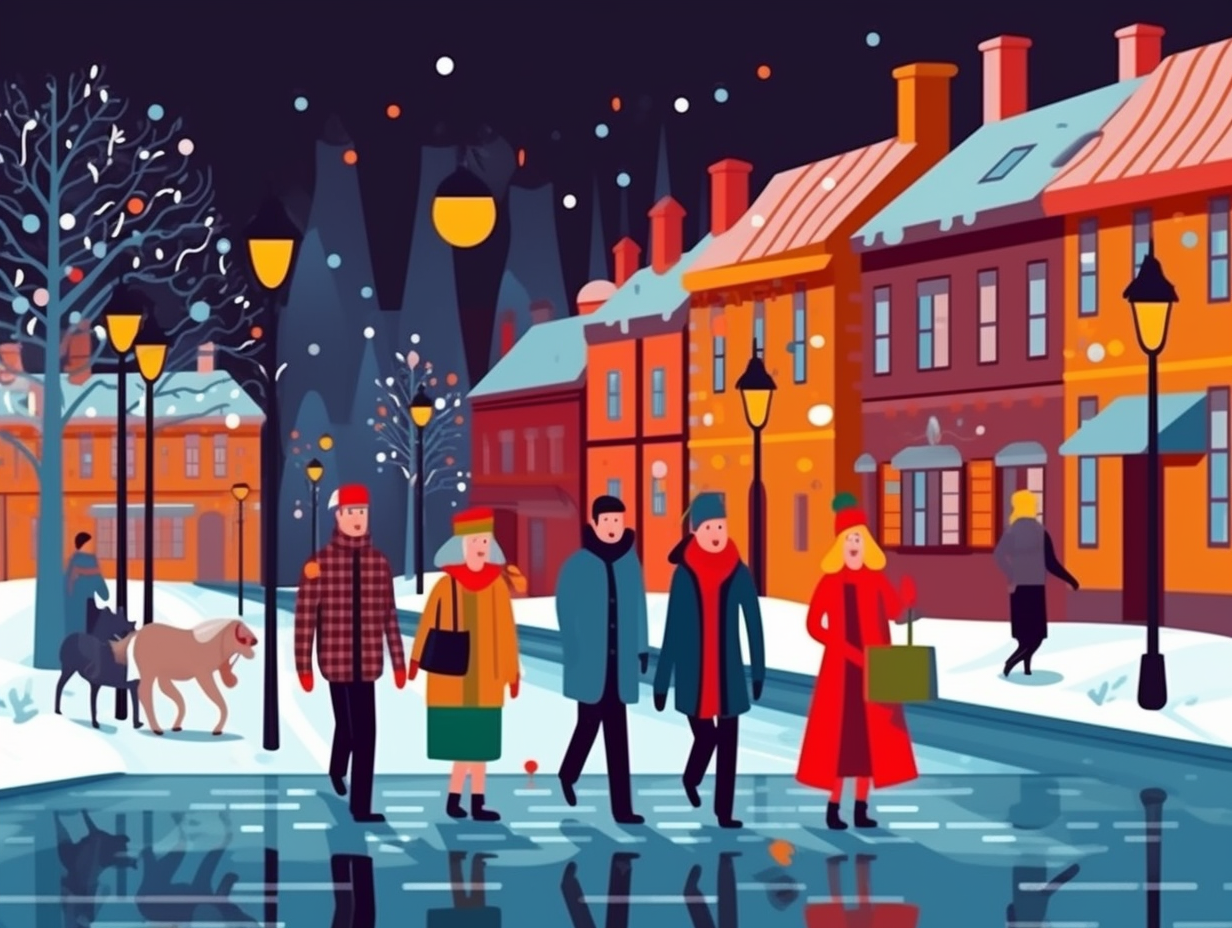
Did you know that a Swedish Christmas icon, the Gävle Goat, has met a fiery end 38 times since 1966? Discover how this straw goat's tale keeps burning bright, and the team that rebuilds it every time!
=> Fun Facts about Christmas-In-Sweden
3. Candlelit Breakfast Deliveries
Forget breakfast in bed, how about breakfast by candlelight? St. Lucia has you covered: On December 13th, the Swedish tradition of Santa Lucia Day features the oldest daughter serving coffee and sweet rolls while dressed in a white gown with a red sash and a crown of lit candles, leading her siblings in a procession to deliver the cozy meal to their parents.
Source => nourishingjoy.com
4. Cookie Conga Line
Picture a candle-wearing conga line handing out cookies like they're going out of style: During St. Lucia Day celebrations, girls dressed as St. Lucia lead a procession offering cookies and saffron buns, symbolizing the Light of Christ in the world's darkness. Boys join in, embracing roles from the Christmas season, but fear not – the candles atop the girls' crowns are safely unlit, paying tribute to St. Lucia's hands-free assistance to Christians in the catacombs.
Source => en.wikipedia.org
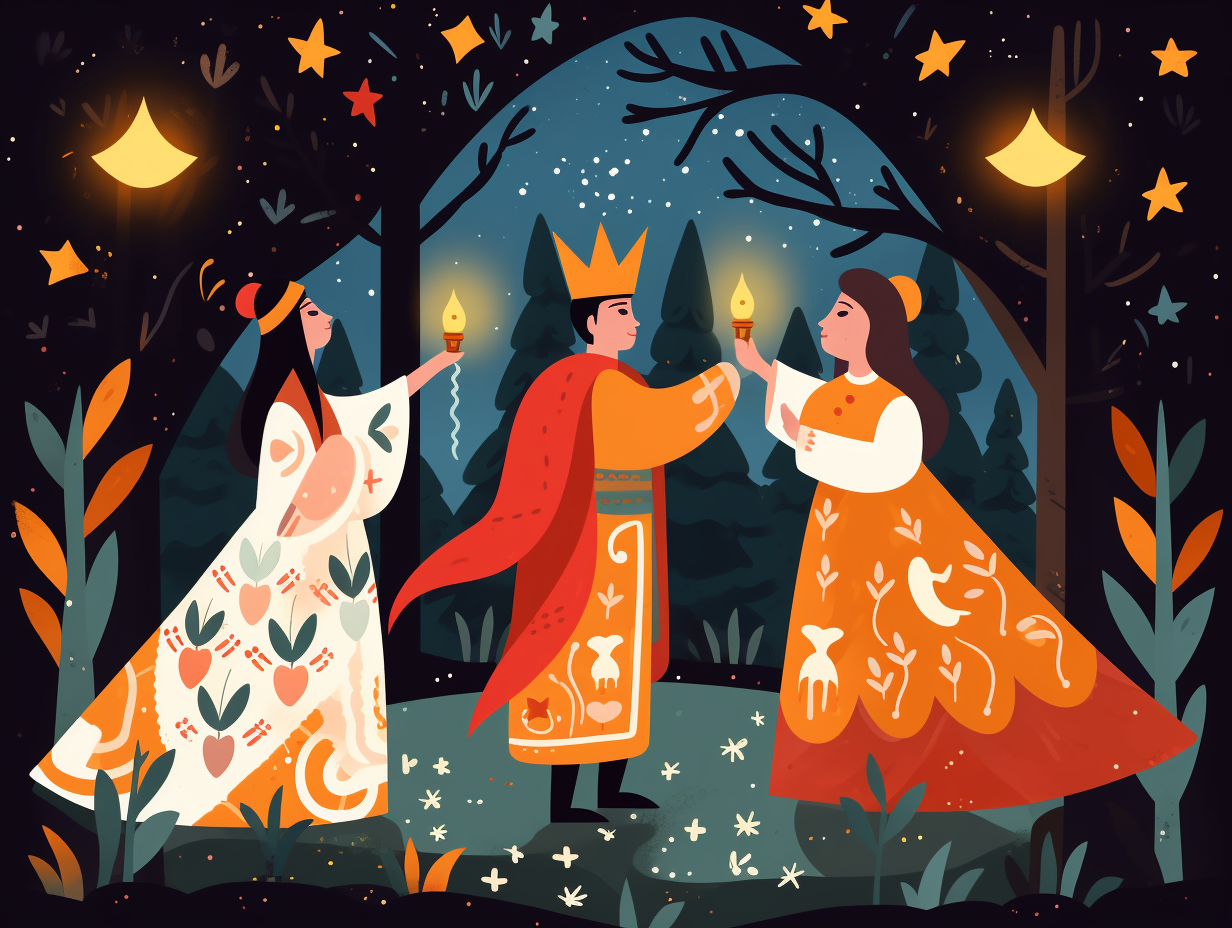
5. Devilish Bun Origins
Forget feline feasts! The Swedish saffron buns enjoyed on St. Lucia's Day might be called "lussekatt" or "lussebulle," but they have a devilishly confusing history instead of anything to do with cats: Originating as "dövelskatter," or "devil's cats," the name actually stems from a Dutch midwinter bread called "duivekater" - and the real mystery remains in the origins of that name, with theories chasing their tails but no clear evidence to claw onto.
Source => atlasobscura.com
6. Swedish Pajama Party
Wake up, it's a Swedish pajama party: On St. Lucia Day, the oldest girl in a family transforms into a candle-crowned beacon, while her siblings morph into shiny-headed star boys and gnome impersonators, to serenade unsuspecting parents with breakfast-in-bed, seasonal tunes, and public ginger-cookie handouts as a way of remembering the life of Santa Lucia and kickstarting the Christmas season in Nordic countries.
Source => mamalisa.com
7. Star Boys Unite!
Move over, wizards of Hogwarts, there's a whole new batch of coneheads in town: On St. Lucia Day in Sweden, young boys become "star boys," donning white gowns and tall paper cones on their heads, as they carry stars on sticks and join the candlelit procession alongside the Lucia and her handmaidens.
Source => sweden.se
8. Gingerbread Lattes Signal St. Lucia
When Starbucks starts offering gingerbread lattes, the Swedes know it's time to dress up like candle-bearing superheroes and sing: St. Lucia's Day falls on December 13th in Sweden, a celebration highlighting the contrast between darkness and light, with school children donning Lucia or her handmaidens costumes and holding battery-powered candles as they participate in processions. The festivities include devouring glögg, lussekatter, and pepparkakor – a.k.a. mulled wine, saffron buns, and gingerbread cookies.
Source => mydearsabrina.com
9. Fiery Festive Traditions
You know that feeling when you're at a fancy candlelit dinner and your headdress catches fire? Yeah, me neither, but the Scandinavians sure do! On St. Lucia Day, they turn this fiery faux pas into a festive tradition: Celebrated on December 13th, this festival of light dates back to the 6th century and involves wearing a candlelit wreath on the head. It's most popular in Scandinavia and Italy, and serves as a warm-up act for Christmastide, announcing the arrival of the Light of Christ on Christmas Day.
Source => en.wikipedia.org
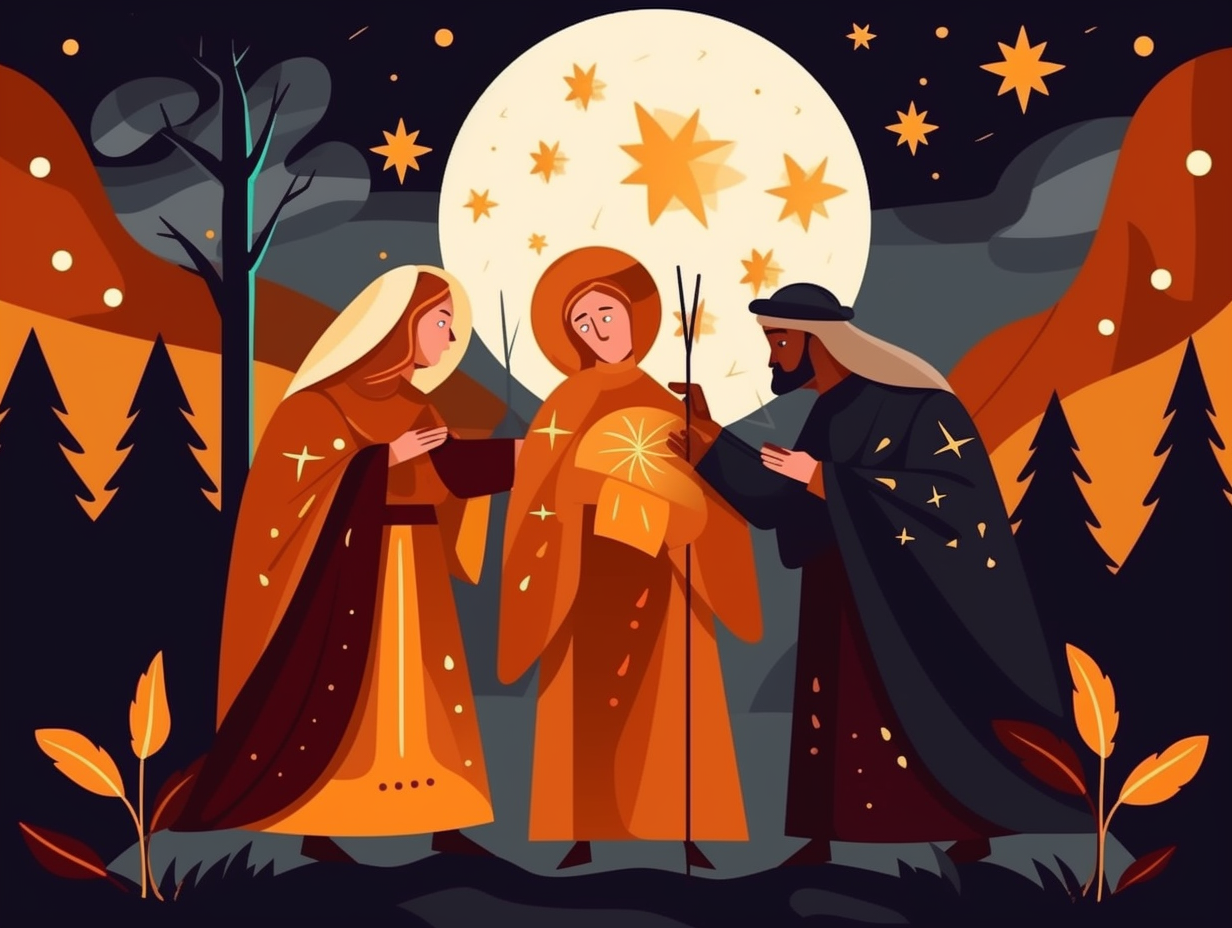
10. Saffron Bun for the Soul
You know that feeling when you've had a long day, and someone offers you a warm, delicious saffron bun? It's like your heart glows, your spirit brightens, and your eyes might just pop out of your head from sheer happiness! St. Lucia Day is like a saffron bun for the soul: Celebrated on December 13th in honor of Saint Lucy, a Christian martyr from Syracuse, Sicily, this feast day commemorates her unwavering devotion to serving the poor and her steadfast commitment to her faith. Scandinavian countries mark the occasion with traditional St. Lucia Day foods (like those scrumptious saffron buns), and girls dressed up as the saint herself—candles, singing, and all!
Source => christianapostles.com
11. Beacons of Light in Winter Solstice
Who turned off the sun? I mean, it's the Northern Hemisphere in December, so I guess we all did, biologically–speaking: In Sweden, St. Lucia Day is a heartwarming tradition celebrated on December 13, where young girls don white dresses and crowns adorned with candles to symbolize St. Lucia as a beacon of light during the dark winter solstice - shining light into the dark corners of our frosty souls.
Source => en.wikipedia.org
12. Dutch Feline Bakery Mystery
Hold on to your whiskers, feline fanatics: The name "lussekatter," Dutch for "Lucy's cats," given to the saffron buns savored on St. Lucia Day in Scandinavia, has nothing to do with our fluffy four-legged friends or any magical powers. This peculiar name actually comes from a Dutch midwinter feast bread called "duivekater," which was traditionally baked during Christian holidays to symbolize the triumph of light over darkness. Though the true origin of "duivekater" is as mysterious as a cat's midnight rendezvous, it may have been the nickname of a popular baker or a twisted take on an older term.
Source => atlasobscura.com
Related Fun Facts

